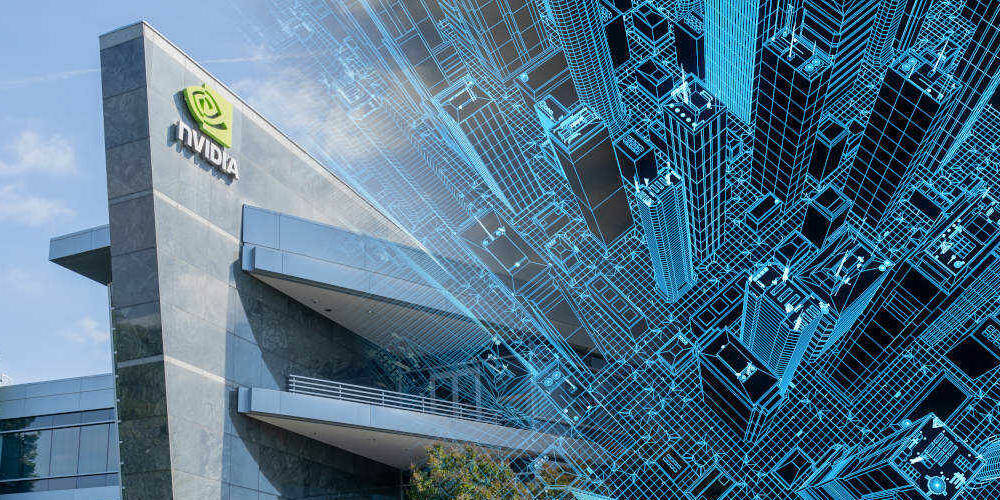Nvidia Reckons This Itty-bitty Workstation GPU Won't Run Up Your Power Bill

Nvidia expanded its GPU portfolio Monday with an itsy-bitsy workstation card it claims delivers a sizable uplift in performance while just sipping power, relatively speaking.
With 2,816 CUDA cores and 16GB of GDDR6 ECC memory, the RTX 2000 Ada may not be Nvidia's most powerful workstation chip, but its dual-slot, half-height form factor makes it one of its smallest based on Nvidia's Ada Lovelace micro-architecture.
This isn't the first time we've seen this form factor from Nvidia. The GPU slinger's 12GB RTX A2000, which debuted in 2021, featured a similar blower-style design that was able to fit into some seriously small systems, such as HP's Z2 G9 Mini.
While the Ada refresh maintains the same 70W power budget as its predecessor, Nvidia claims the new card is approximately 30 percent faster in graphics workloads, and up to 50 percent faster in a variety of rendering and AI workloads, like the Stable Diffusion image generation model.
In terms of raw performance, Nvidia touts the card as capable of squeezing around 12 teraFLOPS at single precision or about 192 teraFLOPS of sparse FP8 from its AD107 GPU die.
If that die sounds familiar, it's the same one used in the $299 Nvidia RTX 4060 gaming GPUs, which we looked at last spring. It's not uncommon for Nvidia (or most chip houses) to recycle dies for use in multiple product families, changing up the memory config and/or enabling/disabling features to create differentiation. For example, Nvidia's L40 uses the same GPU die as the RTX 4090.
It's a similar story for the RTX 2000 Ada, which in addition to being much smaller than the RTX 4060, features twice the memory and a much lower TDP, allowing it to run entirely off the PCIe slot. The RTX 2000 Ada does have fewer CUDA cores, and presumably lower clocks, however the card isn't designed with gaming in mind.
Instead, Nvidia's RTX workstation line — what it used to call its Quadro GPUs — are certified for use with professional workloads, such as Solidworks, and why it sports things like ECC memory.
- Forcing AI on developers is a bad idea that is going to happen
- Sam Altman's chip ambitions may be loonier than feared
- Nvidia wants a piece of the custom silicon pie, reportedly forms unit to peddle IP
- US regulators crack down on AI playing doctor in healthcare
Speaking of memory, the RTX 2000 Ada's larger frame buffer should also be handy for those augmenting their creative or design workloads with generative AI models. With 16GB of vRAM onboard, the card should easily be able to accommodate 13 billion parameter models at FP8 and potentially even larger ones when taking advantage of techniques like quantization.
Having said that, the card's 128-bit memory bus could prove somewhat limiting in terms of performance. You can see the full spec sheet here.
But, if all you're after is more memory for running large language models locally, there are cheaper and/or more performant options out there, especially if you can forgo Nvidia's workstation features. Nvidia's RTX 4070 TI Super and AMD's RX 7600XT graphics cards, which launched at CES last month, also feature 16GB of DRAM. The latter can be had for $329, making it considerably cheaper than the RTX 2000 Ada at $625.
If you happen to be on the lookout for a tiny workstation card with an excess of vRAM, then the RTX 2000 Ada is available now from a variety of Nvidia board partners, including Arrow Electronics, PNY, and Ingram Micro. The card will also be sold in pre-build workstations from HP, Dell Tech, and Lenovo beginning in April. ®
From Chip War To Cloud War: The Next Frontier In Global Tech Competition
The global chip war, characterized by intense competition among nations and corporations for supremacy in semiconductor ... Read more
The High Stakes Of Tech Regulation: Security Risks And Market Dynamics
The influence of tech giants in the global economy continues to grow, raising crucial questions about how to balance sec... Read more
The Tyranny Of Instagram Interiors: Why It's Time To Break Free From Algorithm-Driven Aesthetics
Instagram has become a dominant force in shaping interior design trends, offering a seemingly endless stream of inspirat... Read more
The Data Crunch In AI: Strategies For Sustainability
Exploring solutions to the imminent exhaustion of internet data for AI training.As the artificial intelligence (AI) indu... Read more
Google Abandons Four-Year Effort To Remove Cookies From Chrome Browser
After four years of dedicated effort, Google has decided to abandon its plan to remove third-party cookies from its Chro... Read more
LinkedIn Embraces AI And Gamification To Drive User Engagement And Revenue
In an effort to tackle slowing revenue growth and enhance user engagement, LinkedIn is turning to artificial intelligenc... Read more

